Eruption
andErosion
Sciencetellsadifferentstory.About130millionyearsagoGondwana,thesupercontinent,brokeapart.Thiscausedanenormousvolcanic event.
Atthetime,theareawasagiantdesert.Lavapouredfromvolcanoes.Itcoveredthedesert.Asitcooledandhardened,itbuiltuplayersof rock.
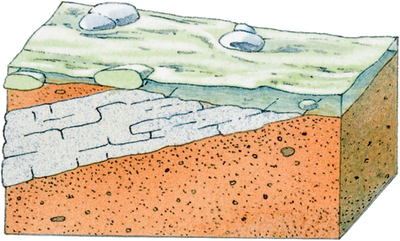
Waterfallsareformedasariverflowsfromhardrocktosoft rock
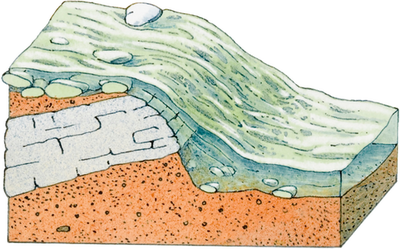
Therivererodesthesoftrockatafasterrate.Itformsastepinthe river bed.
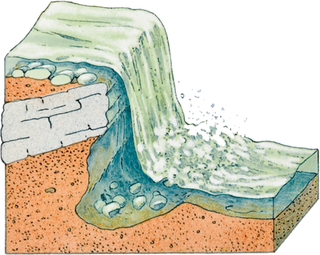
Thehardrockthatisleftcreatesahardledge.Theriverfallsoverthe ledge.
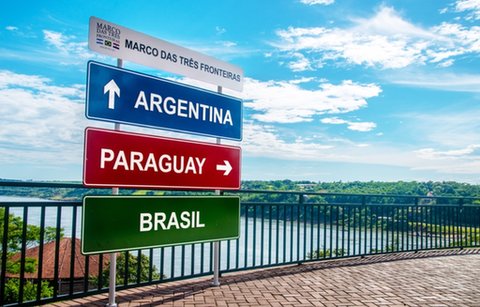
TheIguazúRiveremptiesintotheParanáRiver.ThisiswherethebordersofBrazil,Argentina,andParaguaymeet.ItisknownastheTriple Frontier.
Earth’splateskeptmoving.Thelayerswereliftedintoahighplateau.Faults,orcracks,appearedinthem.Waterrunningdownthefaultseroded,orworeaway,theland.TheParanáriverbedformed.Later,theIguazúRiverappeared.ItfedintotheParaná.Fallsformedattheplacewherethesetworivers met.
Today,thefallsarefartherupstream.Thisisduetoerosion.Aswaterfellintotheriver,itweatheredawayrockonthebottom.Theupperlayerscrumbled.Today,thefallslooklikeagiant staircase.

Waterfallsareformedasariverflowsfromhardrocktosoft rock

Therivererodesthesoftrockatafasterrate.Itformsastepinthe river bed.

Thehardrockthatisleftcreatesahardledge.Theriverfallsoverthe ledge.
Brazil
Argentina
Paraná
Iguazú
Paraguay
IntotheRainforest
WaterisjustpartofthebeautyaroundIguazúFalls.Thefallsecosystemishometoavarietyofspecies.Plants.Mammals.Birds.Reptiles.Amphibians.Somespeciesarefoundnowhereelseinthe world.
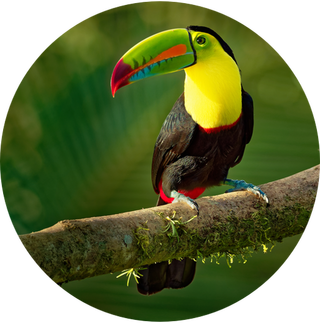
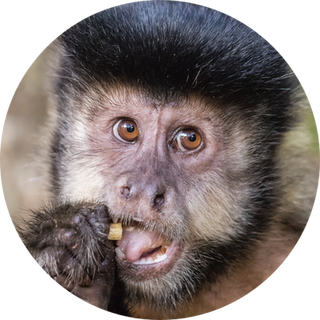
blackcapuchin monkey
toucan
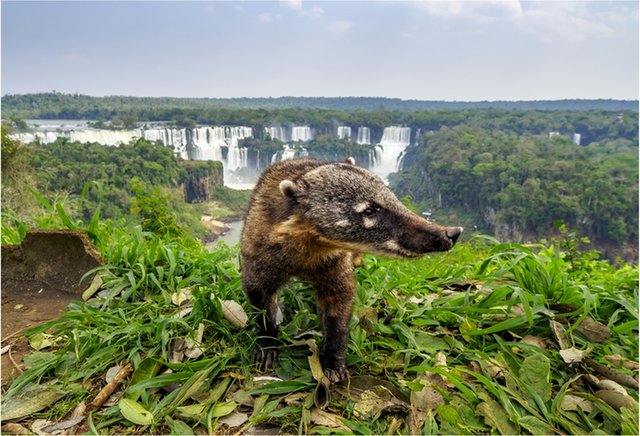
Bewareofthecoatis!Theycanbiteyourhandwhentheytrytograbyour food.
Isawtallpalmtreesandrosewoods.Papayafruithungfromsmall trees.
Bluemorphobutterfliesflutteredthroughtheair.Ialsosawa toucaninflightandmonkeysinthetrees.Igotagoodviewofayoungcaiman.Andcoatisseemedtobeeverywhere!Ikeptaneyeoutforjaguars.Theylivehere, too.